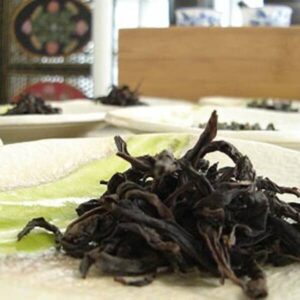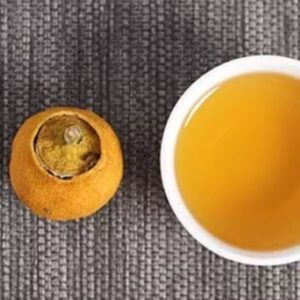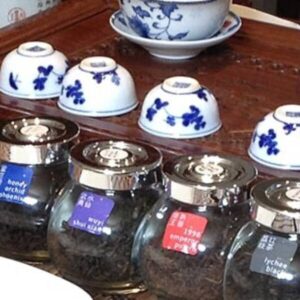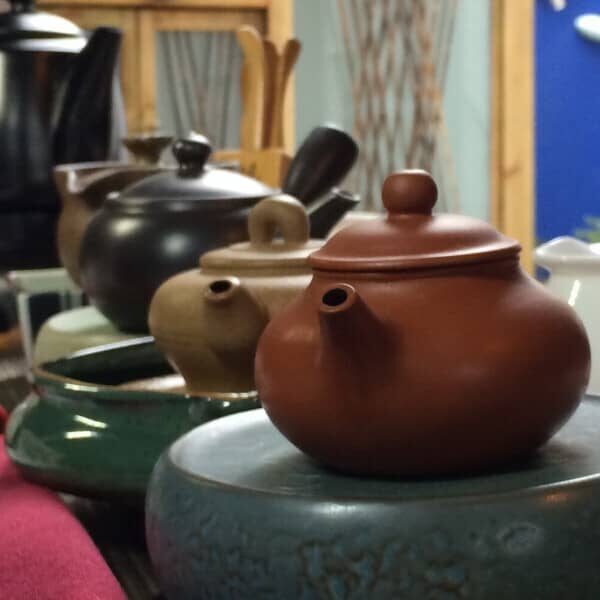Perfect With A Slice (Or Two) of Cream Cake
Black Teas
Artisanal, whole-leaf black tea is the stunning product of centuries-long effort and study. Traditionally grown in southern China and usually harvested throughout the year, black tea is of bold character and ranges from light- to full-bodied. Full oxidation results in the blackened appearance of its leaves and the tea’s dark, rich quality.
Black tea is rich in antioxidant theaflavins and thearubigins which combine with caffeine to create the astringent taste. You don’t want it too astringent (bitter) especially as it’s usually drunk in the Far East without milk or sugar. Actually the flavour should be mild, nutty, peppery, sometimes smoky, and a little sweet perhaps with a suggestion of malt, caramel, orange or berry.
In China and Japan, black tea is known as ‘hong cha’ (红茶) and ‘kou cha’ (紅茶) respectively. Both words mean “red tea” because of the amber liquor it produces when infused.
Whole-leaf black tea has a bold character and ranges from light, almost floral to full-bodied. Full oxidation results in the blackened appearance of its leaves and the tea’s dark, rich quality. The harvested leaves undergo hours of withering, twisting and rolling to develop high levels of oxidation. This creates black tea’s familiar dark and rice nature. Lesser grades may be chopped. Long, aggressive rolling makes for a robust tea, while lighter treatment leaves to a more delicate profile. Our Organic Golden Monkey and Japanese Ginza Red perfectly demonstrate how the slight different black tea processing can produce such wonderful nuances.
OUR BLACK TEAS

add to tea basket
This product has multiple variants. The options may be chosen on the product page
Lychee Red
£7.50 – £21.50Organic Golden Monkey
£8.00 – £23.00
Take part in the beautiful Chinese ‘gongfu cha’ tea ceremony while we shares with you our love of tea. You’ll discover how to appreciate the finer nuances of tea like a true connoisseur, yet in a light and relaxed setting.
You’ll be introduced to gorgeous teas with fascinating, evocative names like ‘snow buds’, ‘honey orchid phoenix’ and ‘dragon well’. The incredible range of flavours and aromas will amaze you.
~~ Whilst we patiently wait for the effective control of COVID-19 pandemic, our popular tea masterclasses are held online via our “Teas in the Clouds - Brew-along Masterclass”. ~~
OUR TEA MASTERCLASSES
Tea Artisan Training Course
£180.00
add to tea basket
This product has multiple variants. The options may be chosen on the product page
‘Flight of Tasting’ Event
£25.00Oxygen. Wonderful stuff.
But it also oxidises things: think iron rusting or copper coins going that weird green colour and the cut side of apple turning brown. Fresh tea leaves, like apples and other plants, have an enzyme called polyphenol oxidase. It is capable of oxidizing polyphenols which are very important molecules for protection against infections to giving them their pigments.
Polyphenol oxydase and the polyphenols themselves are stored in the plant’s cells, but when the cells are damaged, say by slicing an apple or dropping and bruising it, the cells are ruptured and the enzyme comes into contact with air. With the help of oxygen in the air, the polyphenol oxidase initiates a series of chemical reactions, transforming the polyphenols and eventually producing melanins (brown pigments).
The general name for this process is “enzymatic browning,” and the fabulous thing (for tea at least) is that it doesn’t just change the appearance of produce: it also alters flavour, scent, and nutritional value.
LET’S GO PICK SOME TEAS



















